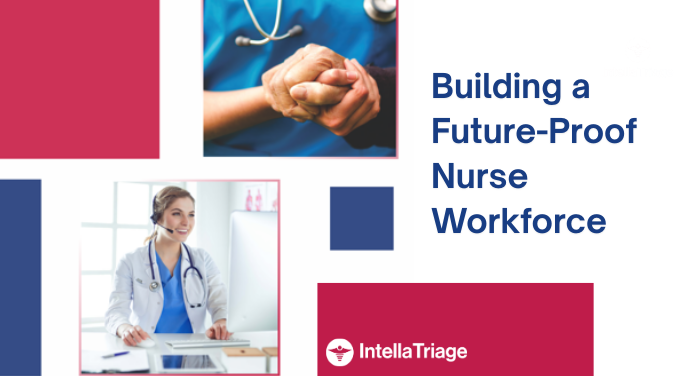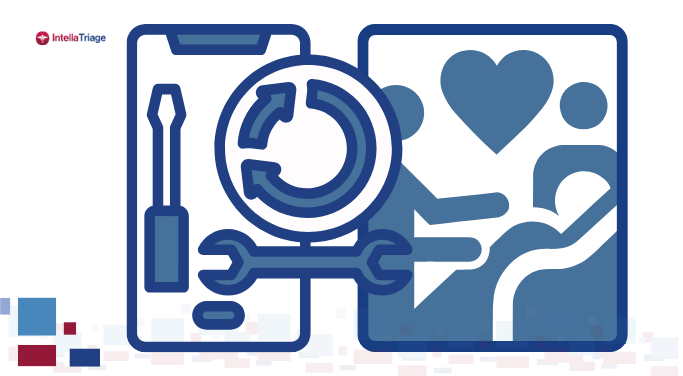In hospice and home health, nurses are the lifeline of care. But with higher acuity in the care-at-home patient population, mounting documentation demands, and a growing aging population, field nurses are stretched thin. The stakes are high for today’s care delivery, but for the future of the profession itself.
Persistent Post-Acute Trends Worth Paying Attention To:
Increasing Patient Population
- By 2035, 21.4% of the population will be 65+, compared to 12.4% in 2000
- The fastest-growing subsegment is 85+, which will double from 2025 to 2035
- ~80% of 65+ have at least one chronic condition, while >65% have at least two chronic conditions and need to be treated >3x per month
- Life expectancy has increased due to improvements in living conditions and healthcare treatments
Shifting Care Preferences
- 88% of adults 50+ want to remain in their homes as they age
- Even among those needing daily help, 76% still prefer receiving care at home rather than in an institution
- 49.1% of Medicare decedents utilized hospice services in 2022 compared to 44% in 2010
- CMS spending is expected to grow by 85% for Home and Community Based Services over the next 10 years, compared to flat spending for institutional spending
Shrinking Workforce
- Nurse demand is currently far outpacing demand and expected to grow by >200k FTEs in the next decade
- The nursing shortage alone could exceed 1 million nurses by 2035, based on expected retirement rates and current enrollment rates – this does not include other clinical positions and non-clinical positions needed
- 63% of nurses report experiencing burnout, and over 30% say they are likely to leave the profession within 1–2 years
Protecting Today’s Nurses
We’re facing a critical tipping point. As veteran nurses approach retirement, the healthcare system must retain and support them as they continue to deliver excellent care and ensure they pass on their clinical wisdom to the next generation. Today’s nurses serve as mentors, preceptors, and culture carriers. Their experience is irreplaceable.
Yet the constant demands of after-hours calls, even after a long day in the field, are driving many to burn out or leave the profession entirely.
While AI has a place in healthcare, it can’t replace the nuanced decision-making and compassionate judgment of a skilled nurse. Especially in post-acute care, where patients may be fragile, symptoms ambiguous, and clinical reasoning is essential.
This is where outsourced nurse-first triage offers a powerful solution.
By offloading after-hours call burdens to trained, licensed RNs who specialize in hospice and home health, organizations can give their field staff the time to rest, recharge, and focus on in-person care. It improves work-life balance, supports retention, and ensures continuity of care without sacrificing clinical quality or compassion.
At IntellaTriage, we’ve built a model that does just that: empowers organizations to protect their nurses, preserve institutional knowledge, and maintain a high standard of care now and into the future.
Contact Us for a Consultation
Ready to optimize your triage process? Reach out to us today for a consultation tailored to your needs. Let’s elevate your patient care together.
More From The Blog
In hospice and home health, nurses are the lifeline of care. But with higher acuity in the care-at-home patient population, mounting documentation demands, and a growing aging population, field nurses are stretched thin. The stakes are high for today's care delivery, but for the future of the profession itself. Persistent Post-Acute Trends Worth Paying Attention [...]
In 2008, IntellaTriage was founded from a deeply personal experience. Our founder, Suzi Meschbach, saw firsthand how fragmented after-hours nurse triage care could impact not only patients in hospice and home health, but also their families and clinicians. As caregiver for an elderly grandparent while still juggling her career and family, Suzi Meschbach did not [...]
In hospice care, nurse burnout is often treated like the weather: inevitable, unpredictable, and something we all just have to live with. But what if it isn’t? What if burnout isn’t just a symptom of emotional fatigue, but also a byproduct of structural design? A result of the way hospice teams are staffed, supported, and [...]








